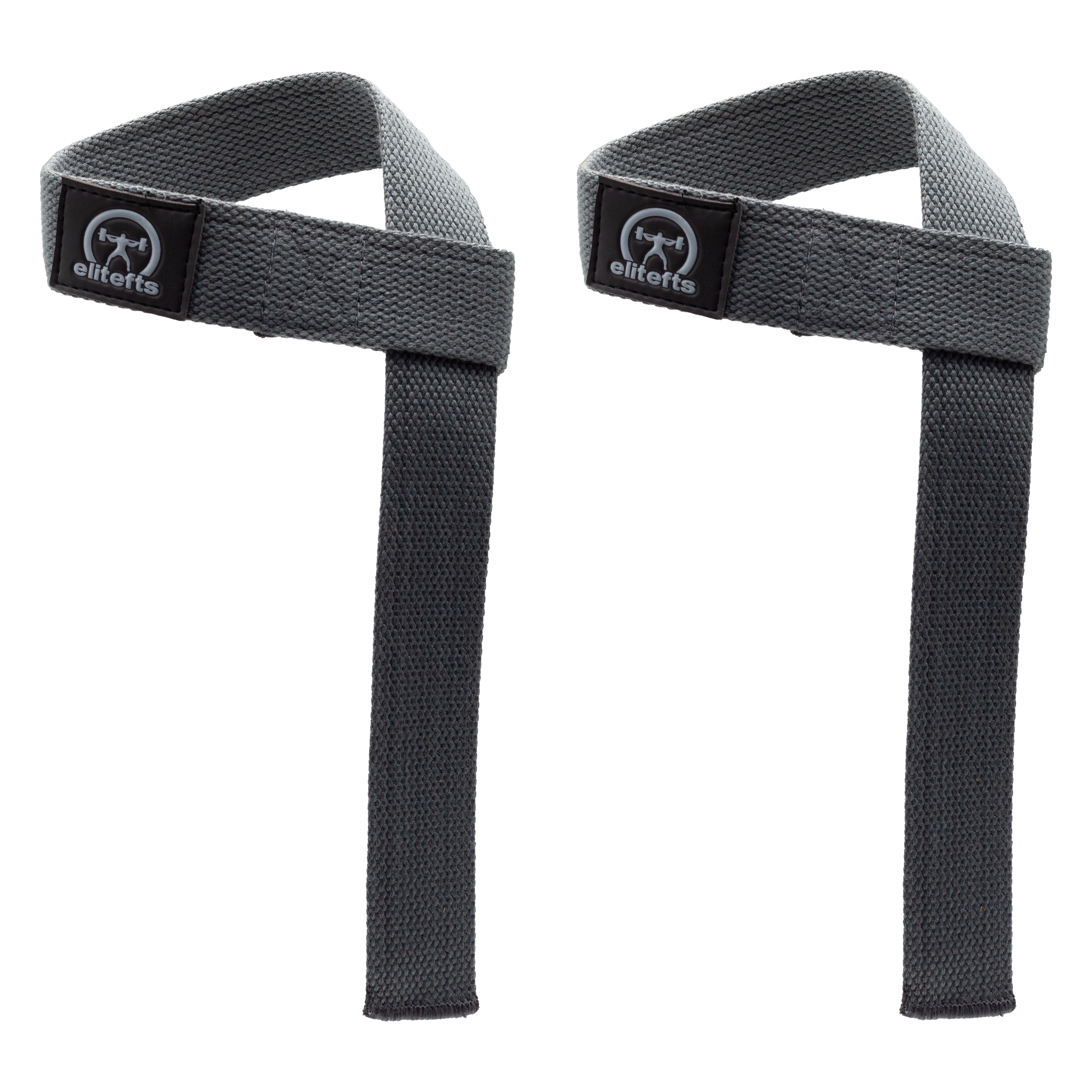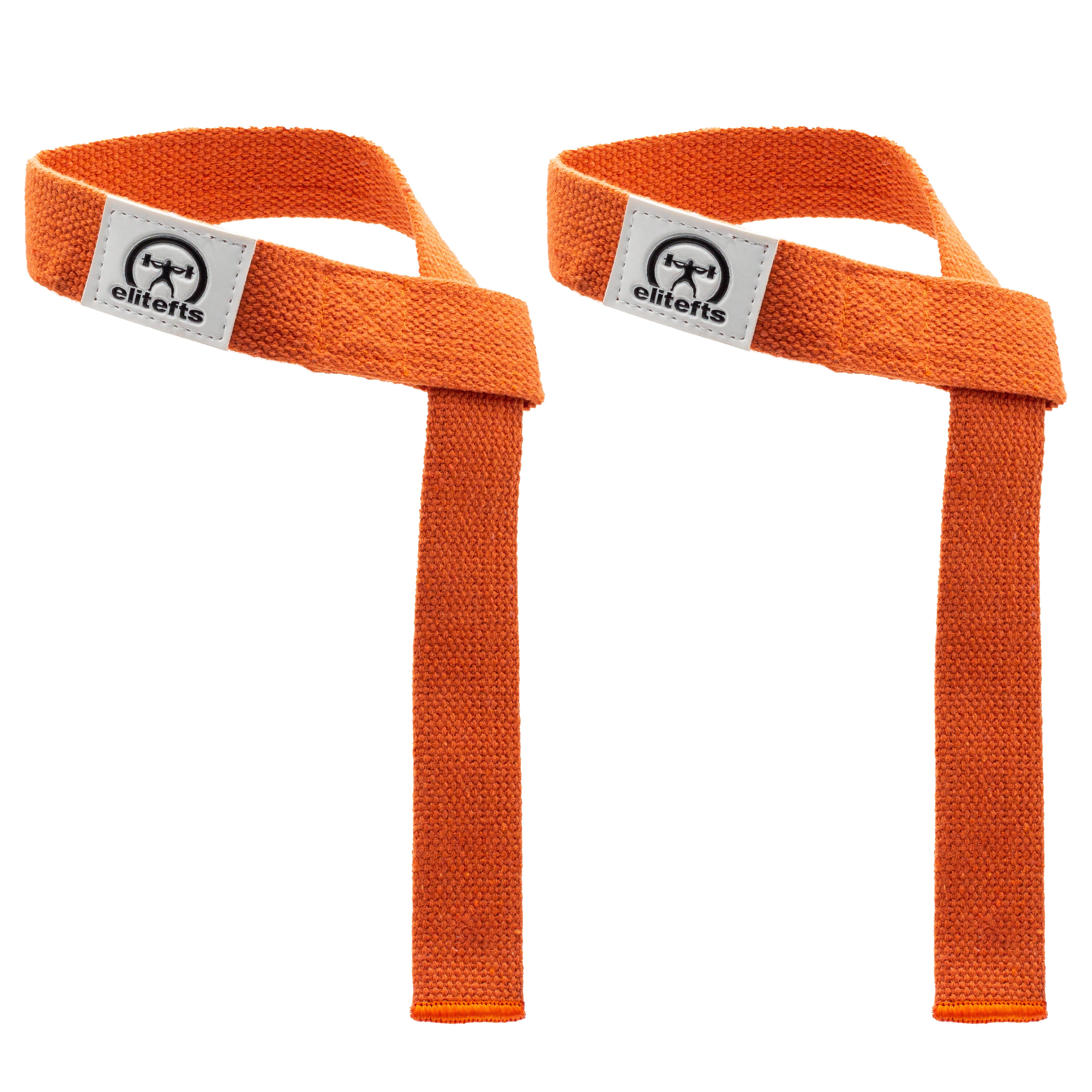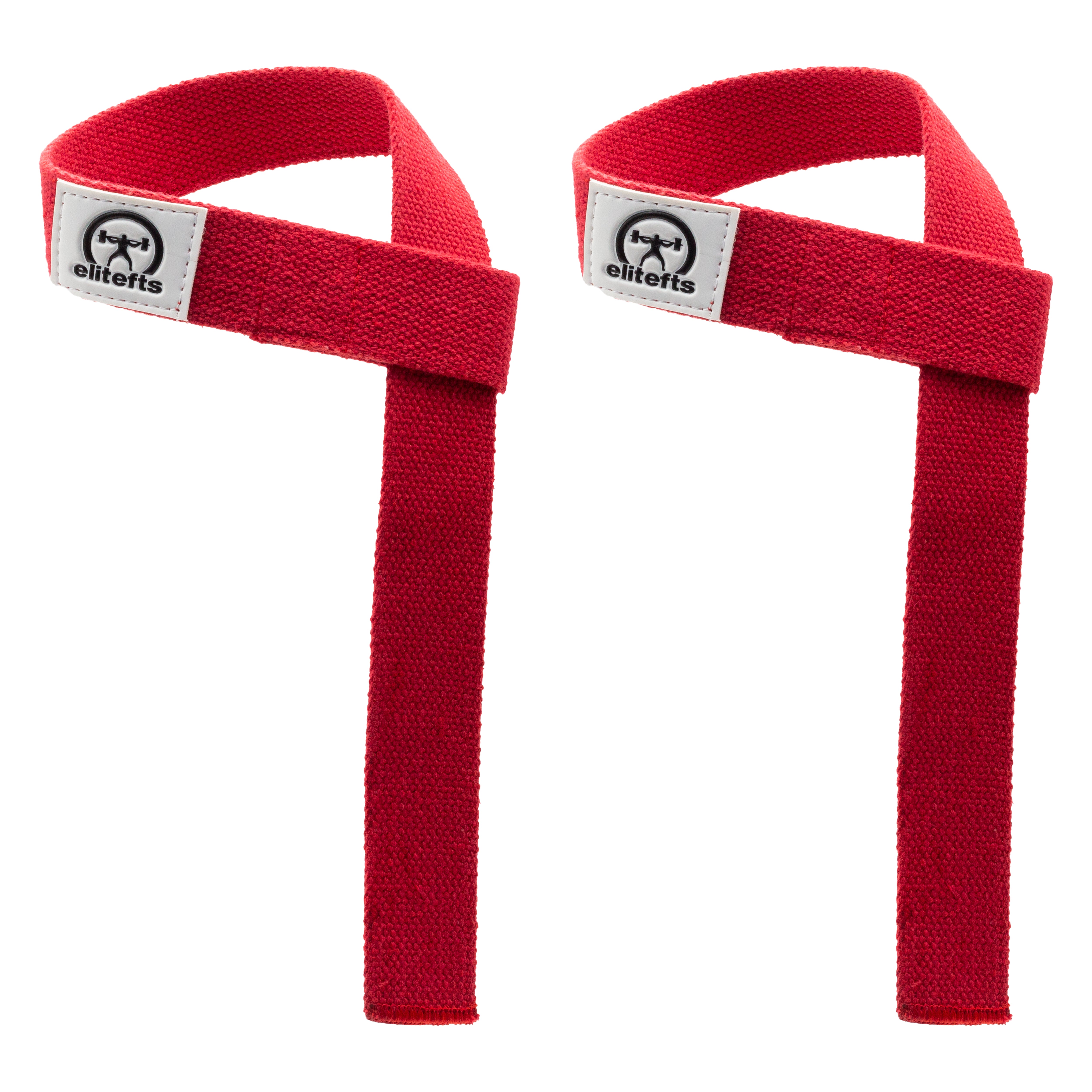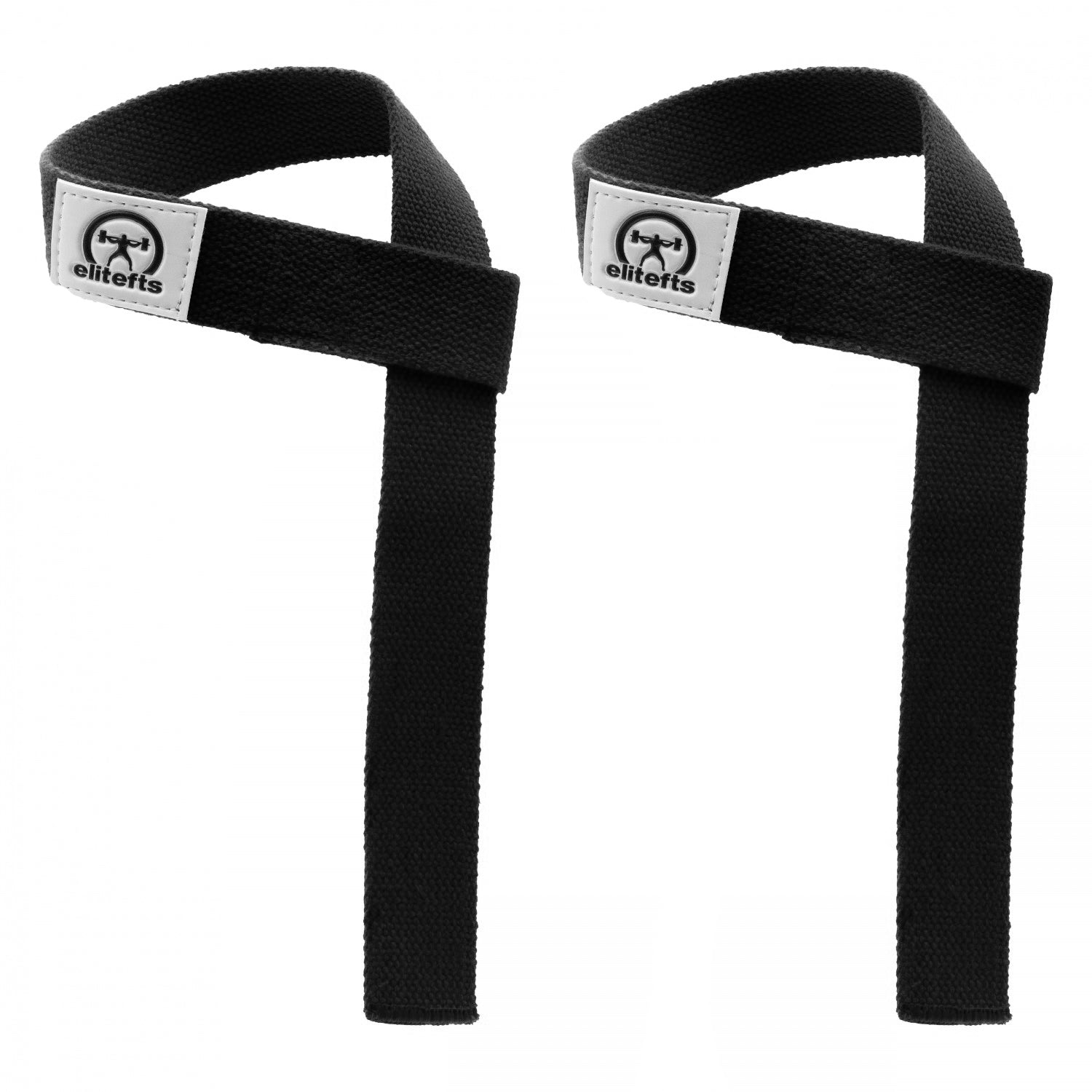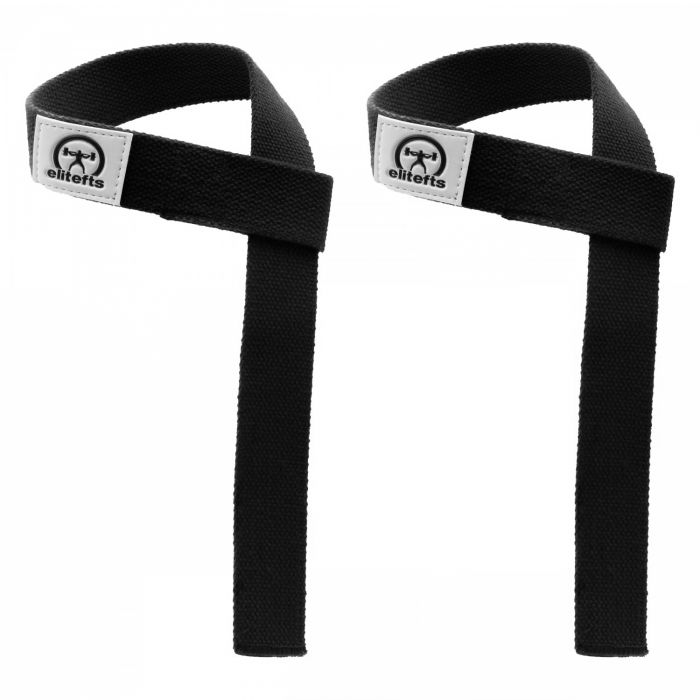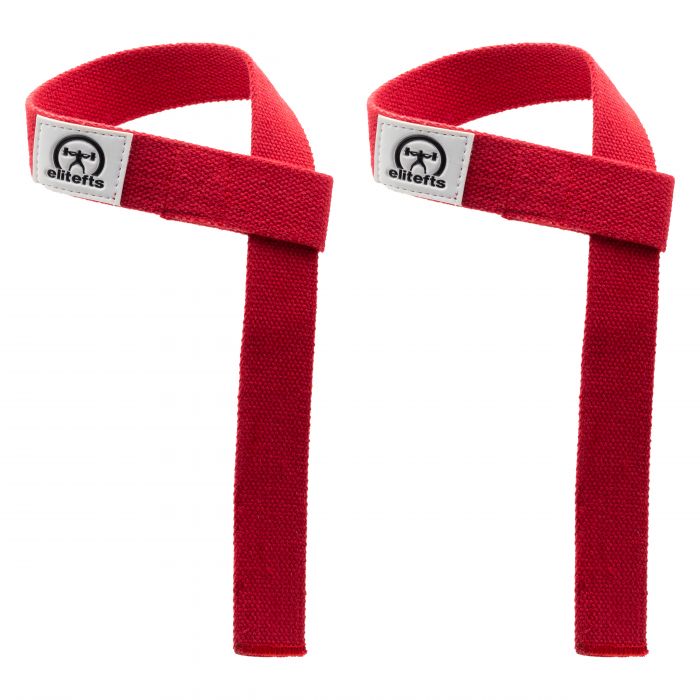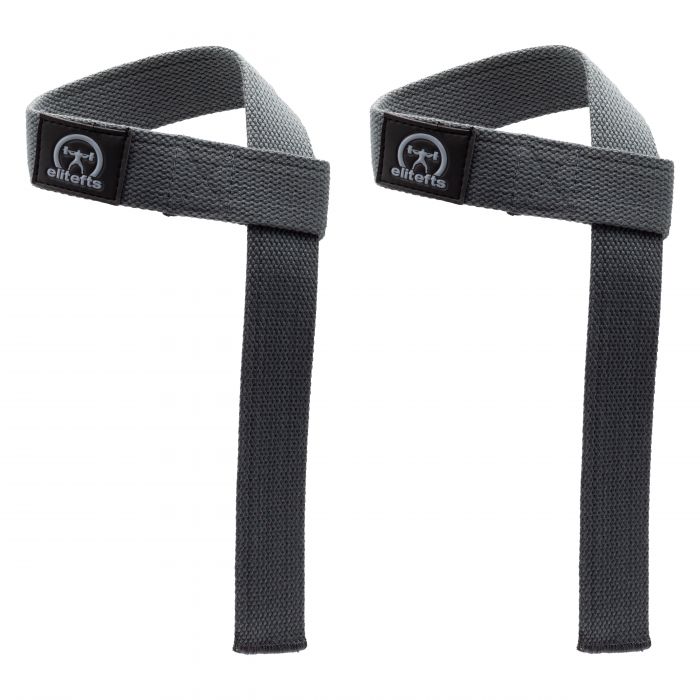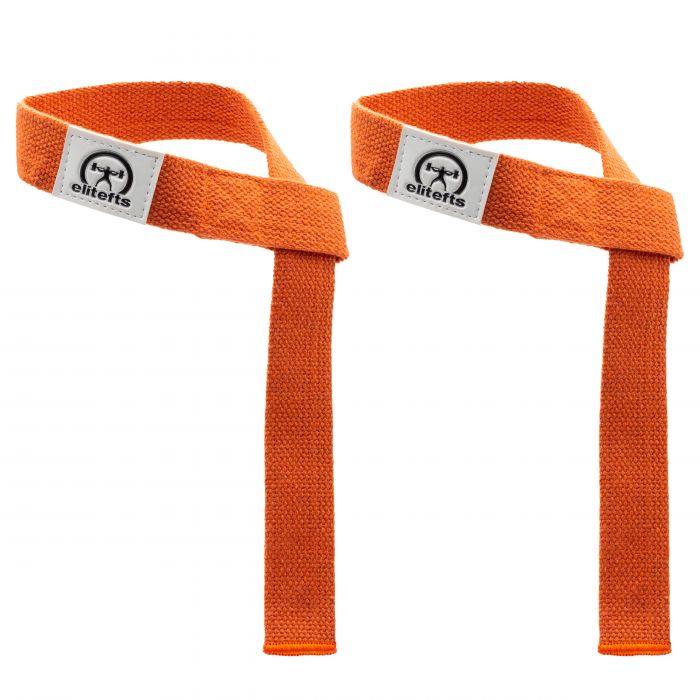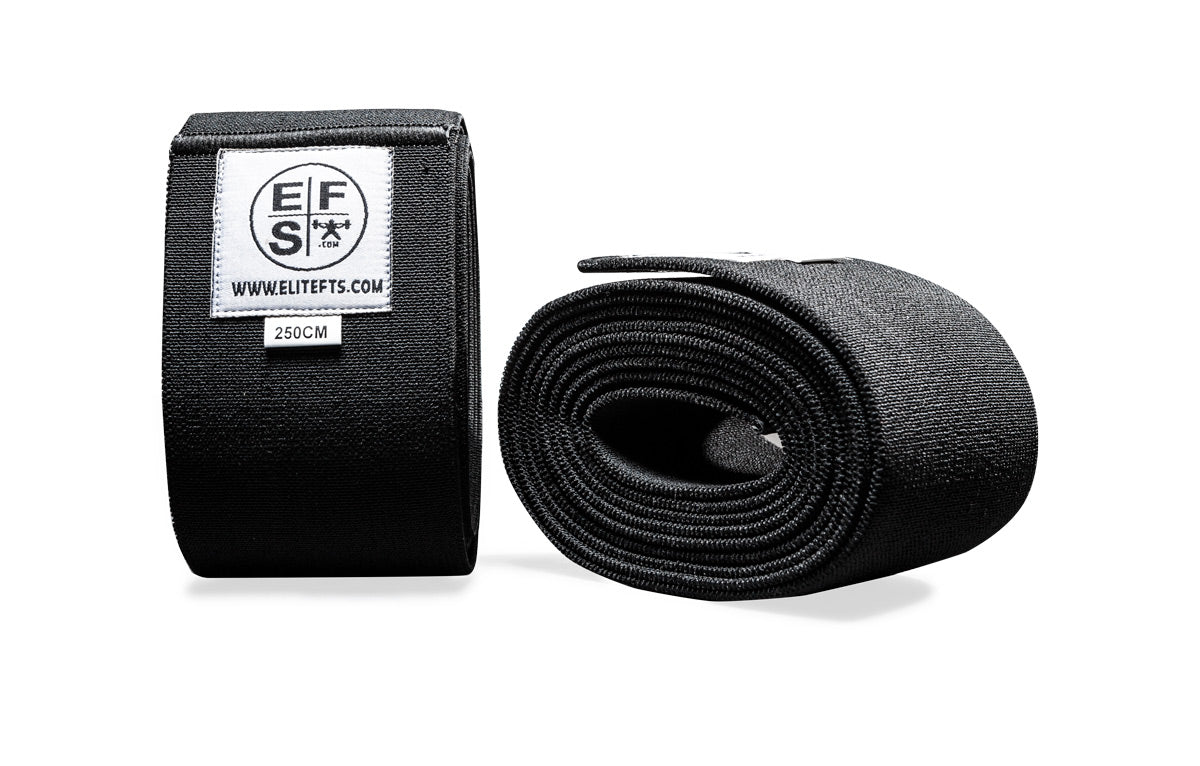I work with many basketball players and coaches and I still play the game myself. Many of them ask me how to increase their first step and vertical jump. Both of these relate directly to power.
If we examine LeBron James as a case study, we know that he can cover the court in nine strides while it takes the average NBA player 13 strides to cover the court. This is phenomenal considering that average NBA players are among the top athletes in the world. I know that LeBron is a freak of nature and no amount of strength training can make an average player into the next LeBron, but what enables him to have a 40-inch or greater vertical jump and cover the court in so few strides? It’s his ability to apply force to the court.
You can perform form running techniques and jumping techniques until the cows come home, but no matter how pretty the form looks, you won’t see many improvements if there isn’t a massive amount of force being applied to the ground. I must say that reading Barry Ross’s book recently and his thoughts on mass specific force (MSF) has only fueled this idea in my head.
Below I will detail a few drills and exercises to apply to your team and yourself if you still happen to be an active player.
Deadlifts: These are much easier to teach than the squat and it’s easier for taller players to maintain form. I’m not against the squat. I use it quite often in basic and varying forms. However, if I were to pick one big compound exercise to use with a basketball player, it’s the deadlift. Studies have shown that max weights in elite lifters are often within five percent of each other on the deadlift and squat. The difference is the deadlift places less compressive force on the spine and works much more muscle due to the fact that the weight is held in the hands. The more force (weight) that a player can add to this movement, the more force he will be able to apply to the ground and the faster and higher he will go.
Jumping: I have the athletes perform different jumps including an exploding jumping matrix. I have them perform one long jump immediately after a deadlift or another compound move. I work on mechanics, but it isn’t the primary focus in creating a more explosive player.
Absorption landings: These are part of the depth jumps and shouldn’t be used for weeks on end. They involve jumping from a certain height (0.7–1.2 meters for medium intensity) and sticking the landing. An athlete has to be able to withstand a force before he is able to overcome it. These are much less intense than the full depth jumps, but they still shouldn’t be performed for more than four weeks in a row. You’ll be surprised at how effective these can be and how many players don’t know how to land correctly and absorb force. I tell my youngsters during physical education class to land like a ninja, or, in other words, softly.
Falling starts: These are great for ingraining a fast first step. However, if you don’t develop more strength and power in the body first, they’re useless. Basically, the player stands behind a line with his feet together. On the whistle, he falls forward and tries to fall until the point at which his body must put one leg forward. Once that foot hits the ground, he takes off running. I won’t have the players go past half court with these because speed is the focus.
Tennis ball drops: I have our players partner up. One partner stands on the foul line with a tennis ball, and the other player starts on the foul line facing the bleachers. On the whistle, they laterally slide to the baseline at which point their partner drops the tennis ball. The moving partner breaks into a linear speed run and tries to get to the ball before it takes a second bounce. Again, this is worthless if there isn’t an increase in force, but it’s great if we’re working on both at the same time.
These aren’t all the tricks and tools in the toolbox, but they are a great place to start when trying to develop more explosiveness. I know that power exercises such as the Olympic lifts are great as well, but the above outline should fit nicely if you have limited time and equipment.
































































